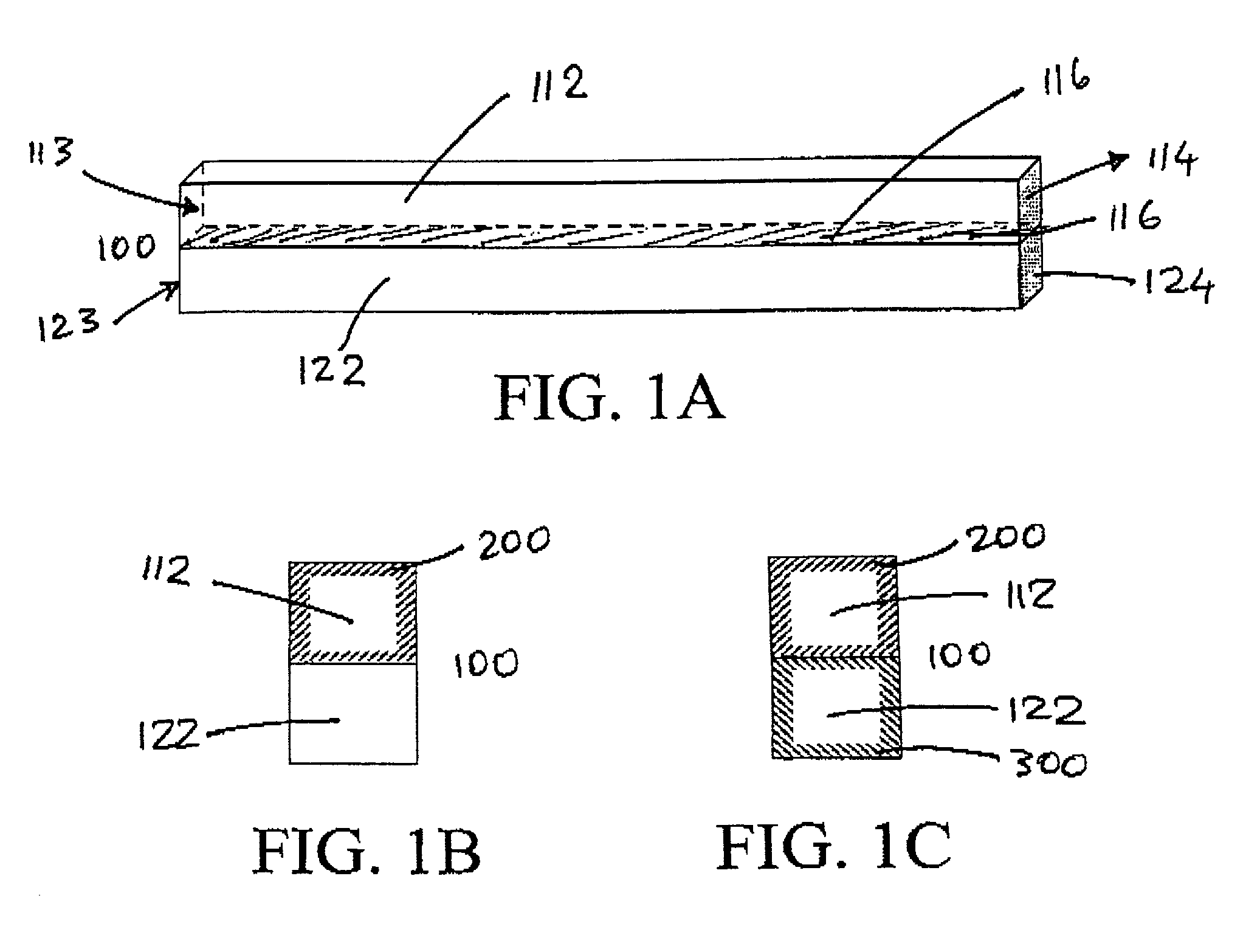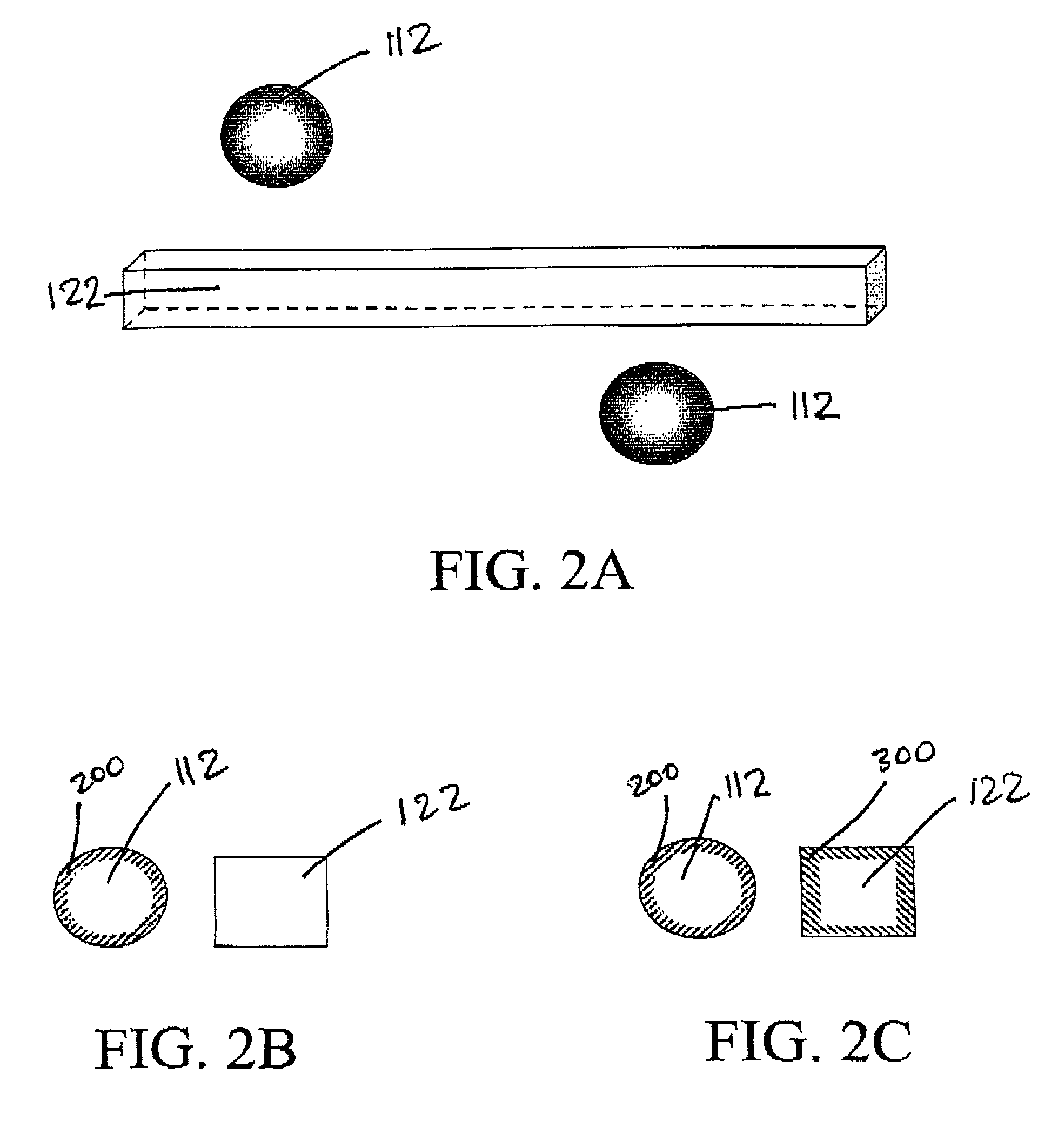Device for maintaining vascularization near an implant
a vascularization and implant technology, applied in the field of devices and vascularization maintaining near implants, can solve the problems of reducing the flow rate of filtrate along this path, reducing the clearance of various compounds from the body, and encapsulating cell implants often suffer from poor supply of nutrients and/or removal of metabolites from the implants themselves, so as to facilitate cell attachment and improve the mass transport properties of another implant , the effect of sufficient clearan
- Summary
- Abstract
- Description
- Claims
- Application Information
AI Technical Summary
Benefits of technology
Problems solved by technology
Method used
Image
Examples
example 1
[0122]Stereolithography, a uniquely powerful solid freeform fabrication technique, will be used for the iterative exploration and development of an implantable hemofilter device (1)-(5). The use of the Stereolithography Apparatus (SLA) will make it possible to design and fabricate many different hemofilter configurations quickly and precisely without requiring costly tooling.
[0123]The general approach will be to construct a series of flexible backbones in the SLA to support well defined arrangements of microporous hollow fibers. These hollow fibers will serve to either encapsulate genetically modified cells containing an angiogenic growth factor or to serve as hemofiltrate collection ducts. A design of such a device is illustrated FIG. 12. Pairs of fibers are arranged parallel to one another and fixed in place on the thin fiber backbone. Each alternating fiber is capped by the adhesive to create an interdigitated array of hemofiltrate and angiogenic fibers as illustrated in FIG. 12....
PUM
| Property | Measurement | Unit |
|---|---|---|
| hydraulic pressure | aaaaa | aaaaa |
| thick | aaaaa | aaaaa |
| thick | aaaaa | aaaaa |
Abstract
Description
Claims
Application Information
 Login to View More
Login to View More - R&D
- Intellectual Property
- Life Sciences
- Materials
- Tech Scout
- Unparalleled Data Quality
- Higher Quality Content
- 60% Fewer Hallucinations
Browse by: Latest US Patents, China's latest patents, Technical Efficacy Thesaurus, Application Domain, Technology Topic, Popular Technical Reports.
© 2025 PatSnap. All rights reserved.Legal|Privacy policy|Modern Slavery Act Transparency Statement|Sitemap|About US| Contact US: help@patsnap.com



